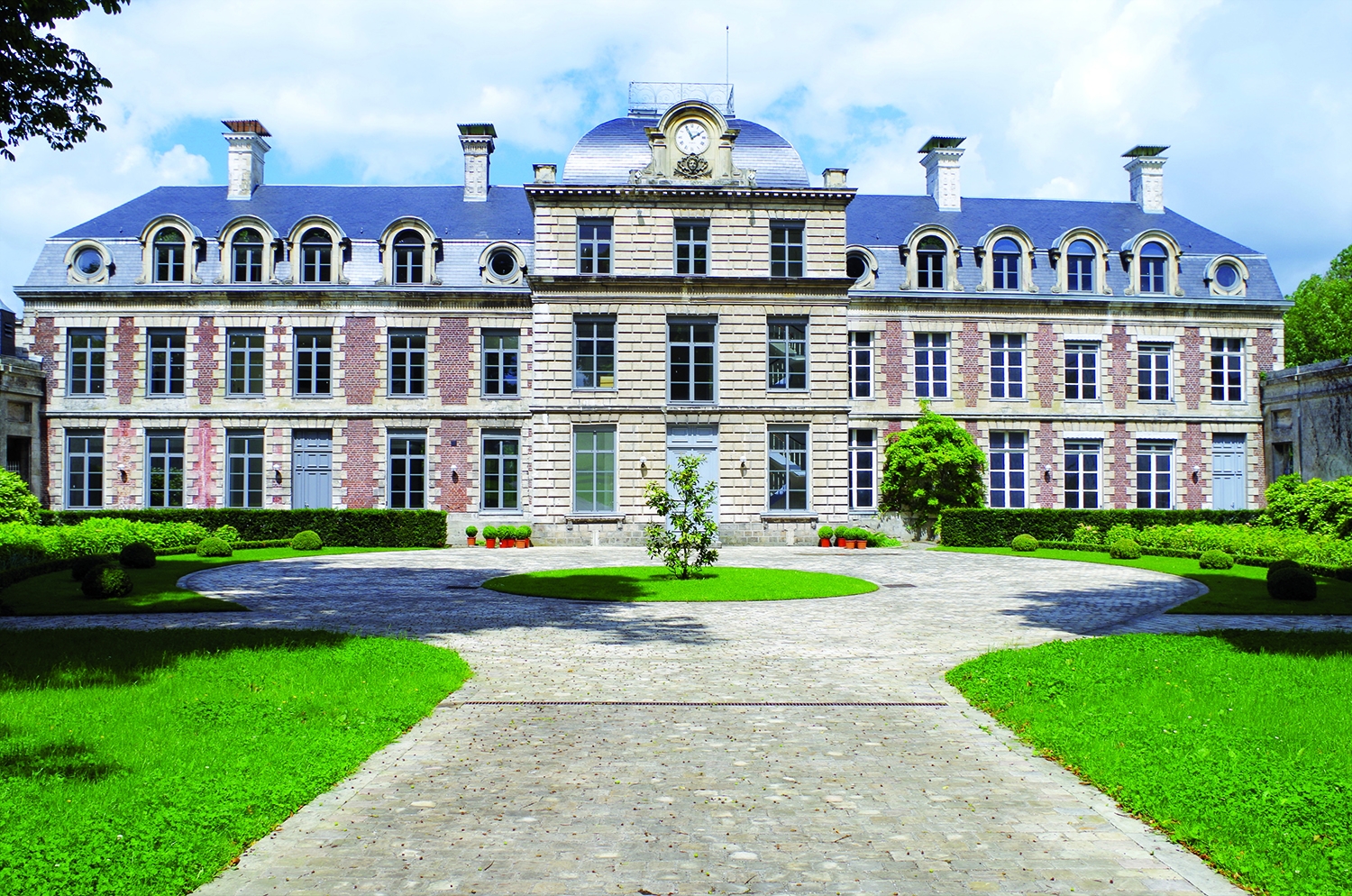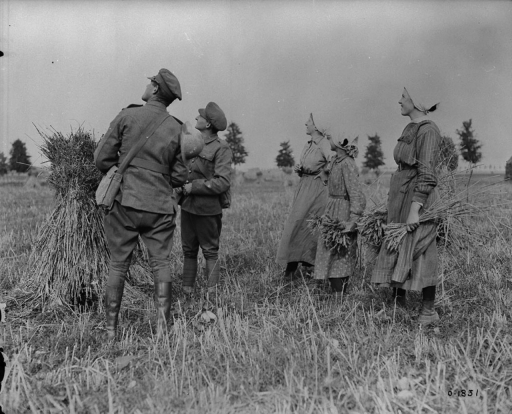The latest Centenary exhibitions in the Béthune-Bruay area of Northern France focus on Canadian soldiers and Commonwealth air units based in Artois during the First World War.
Although the Canadians are widely remembered for their capture of Vimy Ridge in April 1917, troops from the Canadian Expeditionary Force fought in many other battles in the region.
For more than two years, they lived alongside the villagers of Artois, in houses, barns and public buildings, as well as barracks.
Château de Ranchicourt, the Canadian Corps headquarters from 1916, is the setting for an exhibition entitled ‘Beyond Combat: the life of Canadian soldiers away from the front lines in Artois, 1916-18’.
Running concurrently is a second exhibition in nearby Bruay-La-Buissière, looking at Great War aviation in the area.
Both events are part of the Battle of Arras/Vimy Ridge Centenary commemorations getting under way in Arras and Artois.
Planning for the Vimy attack, part of a renewed Allied offensive on the Western Front, took place at the Château de Ranchicourt, under the command of the British General, Sir Julian Byng.
But the site, in the village of Rebreuve-Ranchicourt, was also used to billet troops. Canadian soldiers spent two-thirds of their time behind the lines.
“Vimy does not just represent four days of fighting, and the most costly days in terms of human life, but also represents the two-and-a-half-years the soldiers spent living here,” says Jean Martin, exhibition curator and Historian at the Canadian Department of National Defence.
“It is really about the ‘place’. When you read the soldiers’ memoirs, most of it is about life away from the battlefield.”
 Château de Ranchicourt, used for planning the Canadian attack on Vimy Ridge (Photo © Unick Group)
Château de Ranchicourt, used for planning the Canadian attack on Vimy Ridge (Photo © Unick Group)
Drawing on British, French and Canadian archives, as well as items from personal collections, ‘Beyond Combat’ considers a variety of questions:
*How did Canadian soldiers live when they were not at the front?
*What places did they visit?
*In which villages did the soldiers from across the Atlantic stay?
*What links were forged with the local population?
The second of the exhibitions, at the Stade-Parc Roger Salengro, Bruay-La-Buissière, is being held on a former WW1 airfield, used at first by the French.
In March 1916, the 3rd Squadron of Britain’s Royal Flying Corps arrived, followed by other British, Australian and Canadian units up until August 1918.
They included the 16th Squadron, attached to the Canadian Army Corps, which carried out reconnaissance flights over the German lines as part of the planning for the Vimy Ridge attack.
Also in Centenary News – Battle of Arras Centenary commemorations taking place this weekend.
Canada will mark the centennial of the Battle of Vimy Ridge with a memorial service at the Canadian National Vimy Memorial on Sunday (April 9). Entrance is by ticket-only, and REGISTRATION IS NOW CLOSED. A new visitor education centre is being opened at Vimy Ridge as part of Canada’s ‘Vimy 100′ events.
Fields of Battle Through Canadian Eyes – Canadian First World War art exhibition at the Musée des beaux-arts, Arras.
Also on Sunday April 9: New Zealand’s First World War tunnellers will be commemorated with the dedication of a new memorial, The Earth Remembers, during a dawn ceremony at the Carrière Wellington Museum, Arras.
Scotland Remembers – commemorations in Arras and Edinburgh honouring Scottish soldiers who fell at the Battle of Arras.
Information & images supplied by Béthune-Bruay Tourisme
Images courtesy of © Library and Archives Canada – PA001685 (archive photo); © Unick Group (Château de Ranchicourt)
